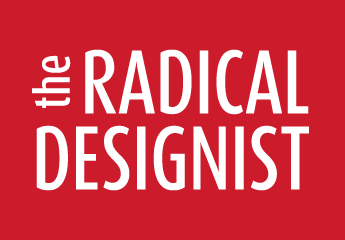The Call For Papers Is Permanently Open.
Submission Guidelines
Although we recommend that papers should be written in English, we accept papers in Portuguese, Spanish, and French. There are, therefore, some differences in the mental structure and academic tradition that we acknowledge.
All files should be editable, prepared in an appropriate word processing package and saved as .doc, .docx or .rtf. Please note: PDF (.pdf) is not an appropriate file type. Manuscripts should be 1,5 line spaced with 3cm margins. Full papers: 10 000 words max. 4 000 words, min.
Abstracts
All papers must be preceded by an abstract in English briefly stating the general theme, research questions, methods and conclusions. An abstract in the original language is optional. 500 words max.
Key words
Author must propose up to 5 key words. Composed Key-Words such as “Portuguese Design History” are considered one key word.
Headings
A. SECTION HEADING – Left aligned, upper case in bold.
B. Subheading level 1 – Left aligned, Sentence case in italics in bold.
Quotations
Short quotations up to three lines within the text should be marked by single quotation marks. Longer quotations should be indented 0,5 cm from the text without quotation marks and typed single-spaced and one point lower than the text. Single quotation marks should be used for quotations within quotations. Quotations from foreign language texts should be translated into the language in which the article is written (the original text should be quoted in the endnotes).
Abbreviations
Abbreviations comprising initials (such as IADE, EU or MOMA) should omit the full stops, and include the designation of the abbreviation at the first reference. Eg: European Union, EU.
Citations
References should appear in endnotes, identified in the text by Arabic numerals and numbered in the order cited. In notes, first reference should include AUTHOR, Name, Title, date, p. number.
Repeat citations: Employ ‘op. cit.’ after author's surname for consecutive references. When more than one book by author is quoted use short title as well as author's surname. Ibid. can only refer to immediately preceding ref or part of it (Frampton, p. 113', followed by 'Ibid.' to mention exactly the same ref; or 'Ibid., p. 313').
Reference List
In the end of the article, author should provide a list of full references alphabetically ordered according with the following:
Author names
Author names should indicate: SURNAME, Forename Middle Initials if needed or the other way like:
Books: title in italic, volume in roman arabic numeral; use edn for edition; eds for editors; ch. for chapters; insert‘(trans.)’ in parentheses after the name of the translator; Publisher and town; Eg: SOUTO, M. Helena., História do Design em Portugal I – Reflexões. Pref. José-Augusto França, Edições IADE/UNIDCOM, Lisboa, 2009.
Journals: article in roman title case; title in italic; vol. no. in arabic numerals;). Eg: Gemser, Gerda, Bont, Cees de, Hekert, Paul and Friedman, Ken, “Quality perceptions of design journals: The design scholars’ perspective”, Design Studies, vol. 33, no. 1, pp. 4–23.
Theses: title in roman title case with single quotation; Degree, Institution, Year; page range elide closely (190-1, 112-14). Eg: Moline, Katherine, “The Relationship between Experimental Design and The Artistic Avant-Gardes (1998-2007)”, PhD Thesis, University of New South Wales, 2011.
Websites: title; URL; date accessed. Eg: The Radical Designist <[URL]> accessed 11 November 2011.
Figures
Images within the article
Figures should be prepared in a graphic package, saved as follows and named according to DOS conventions, e.g. 'figure1.tif'. Please DO NOT embed your figure files in the main document.
Technical requirements
Photographs or other pictures must be uploaded in high resolution (300dpi), .tif files at 1.5x desired print size.
Line work should be saved as Adobe Illustrator (.ai) / Encapsulated PostScript (.eps). The optimal resolution for these images is 600-1200dpi.
Copyright
ThRAD contributors are advised to take care of their own papers. All essays will be published based on the evaluation of the contents. Before publication, all authors must send a letter to the chief editor, stating full responsibility for any plagiarism legislations and scholarly authorships.
Submissions
Make sure that your manuscript is unpublished work. Was not send for publication elsewhere and isn’t being under consideration, nor been accepted for publication.
The submission material should be sent, to the Editor in Chief Eduardo Côrte-Real at:
eduardo.corte-real@universidadeeuropeia.pt
Acceptance
Authors will be notified by email from the Editors Board on acceptance and editorial decisions.

